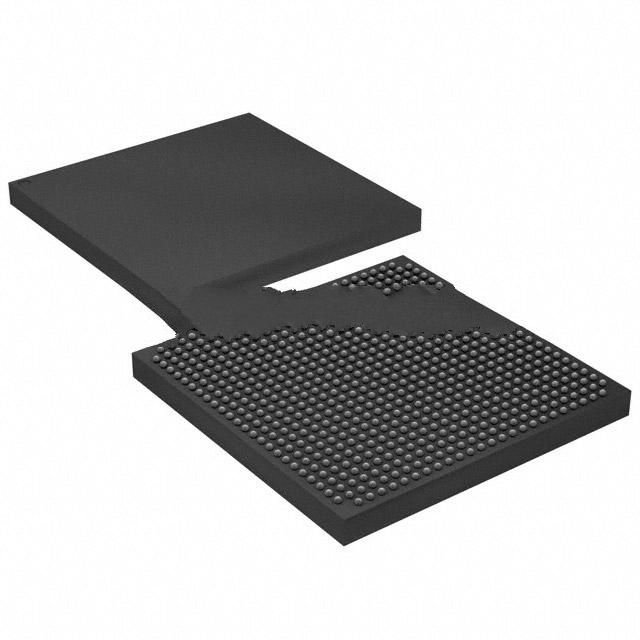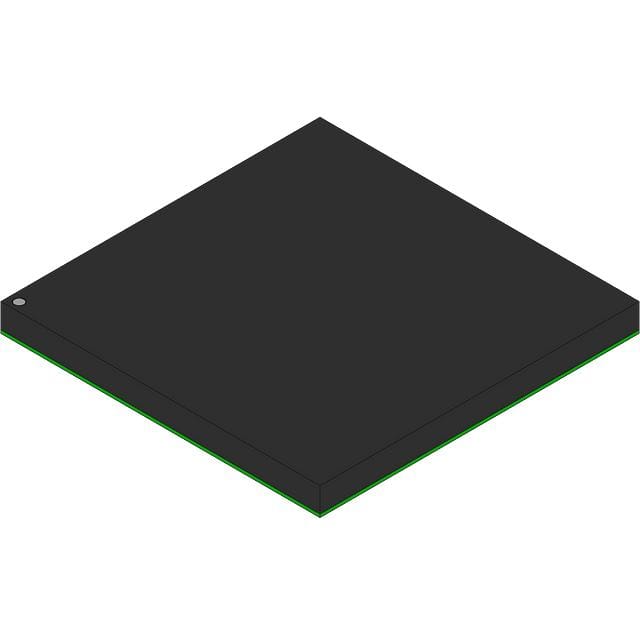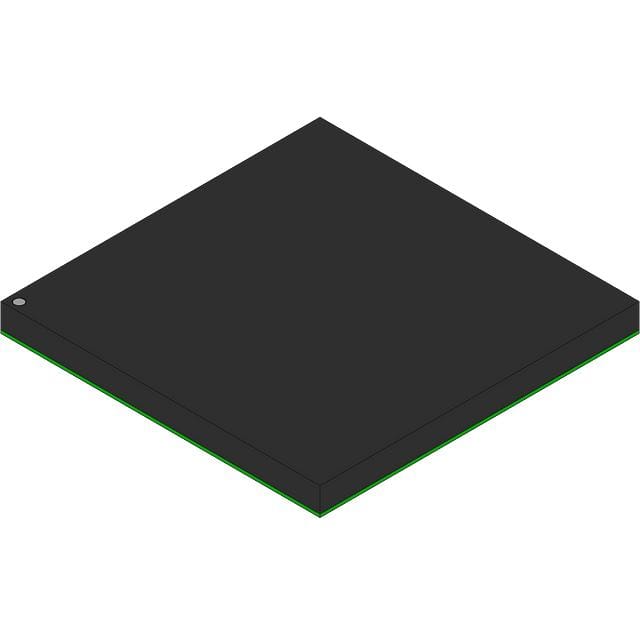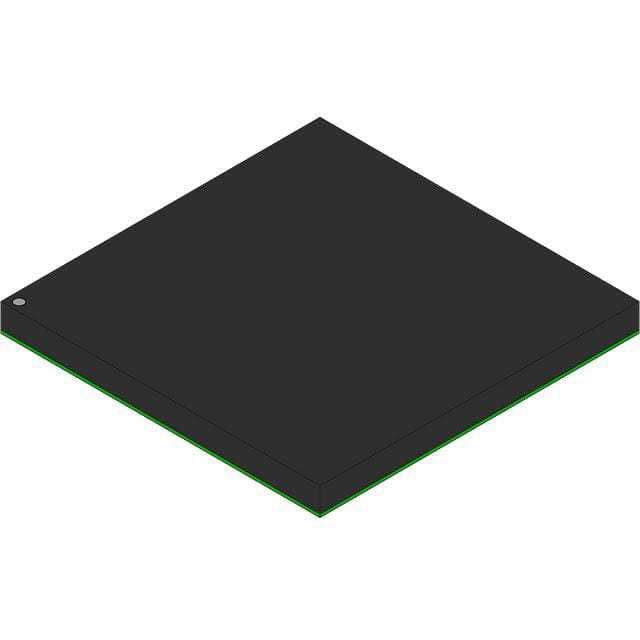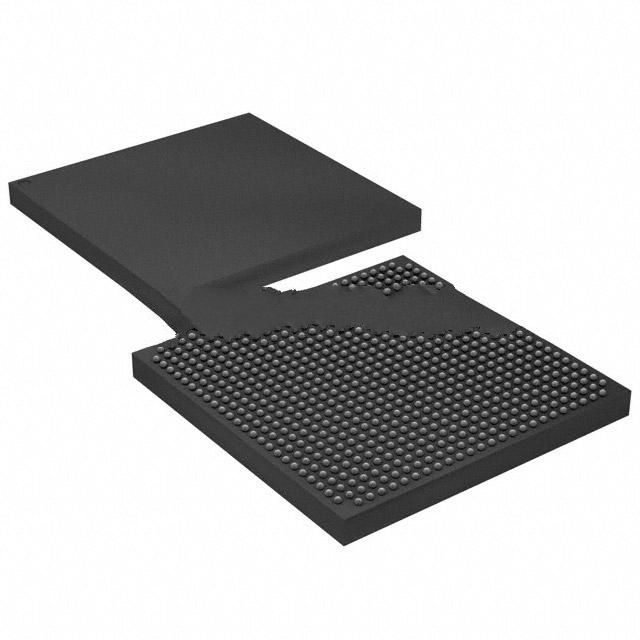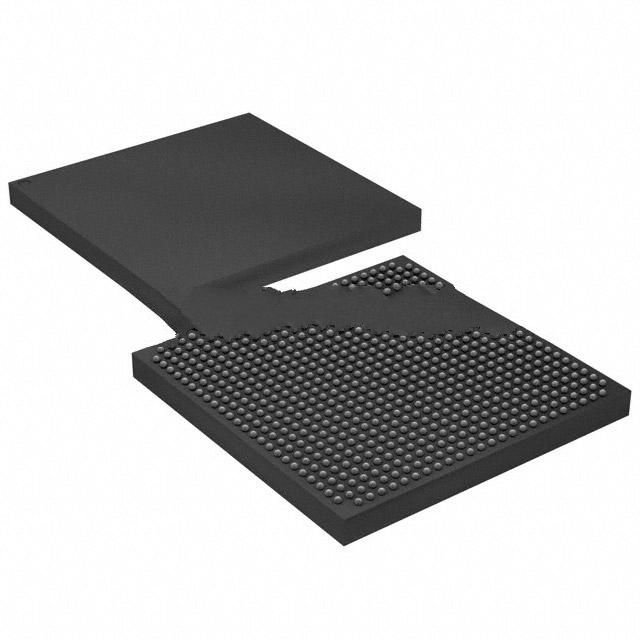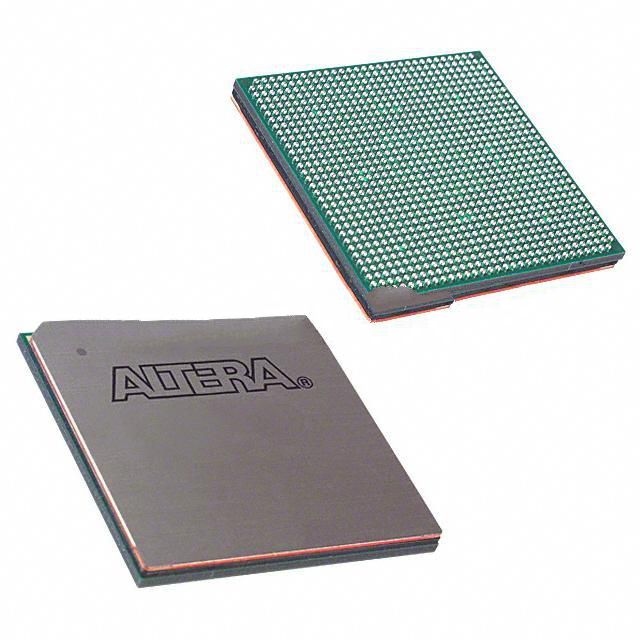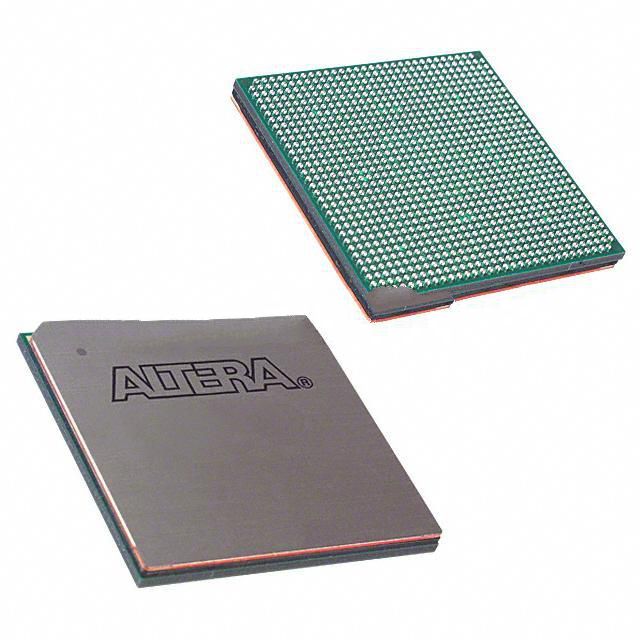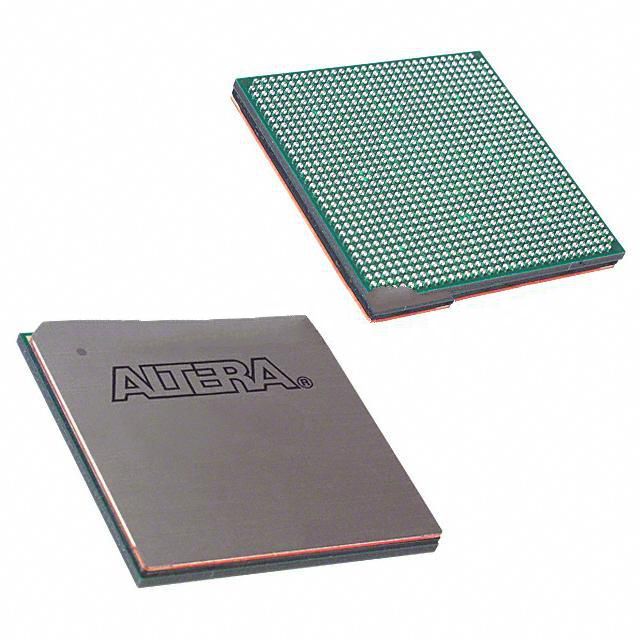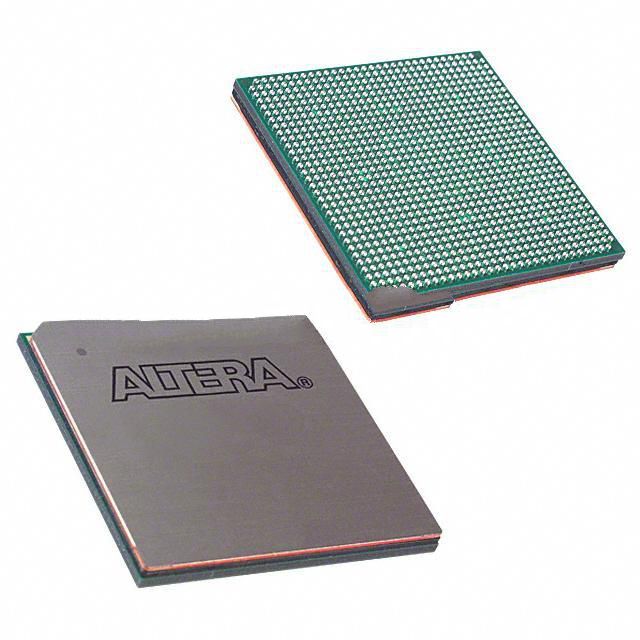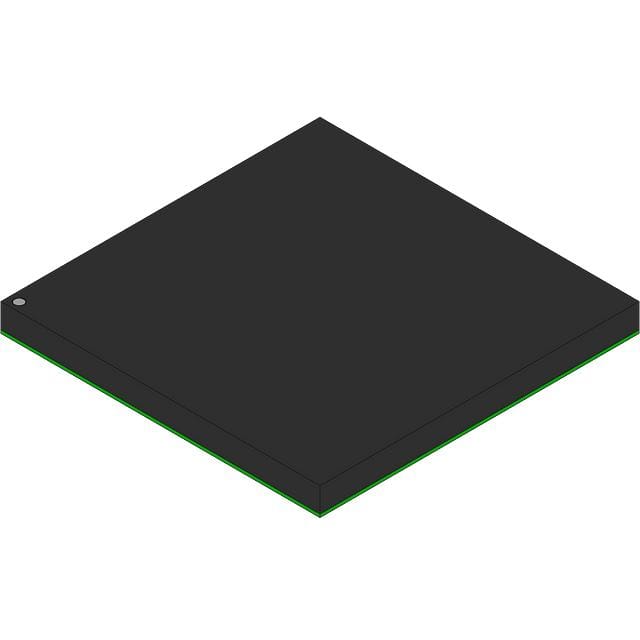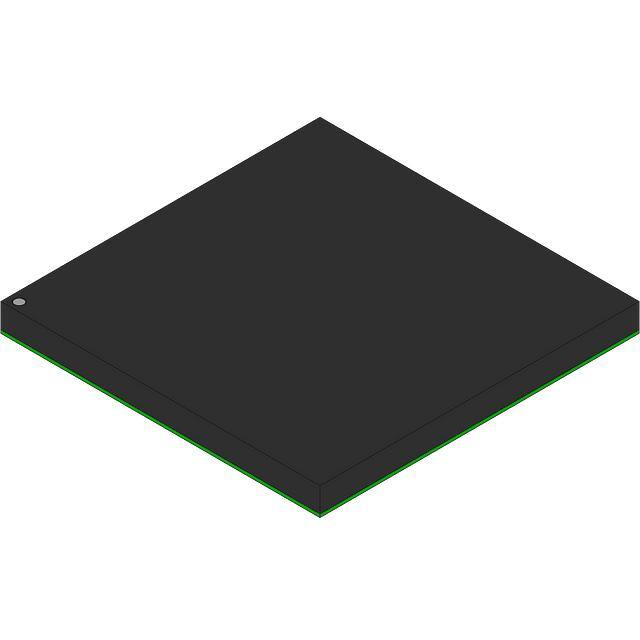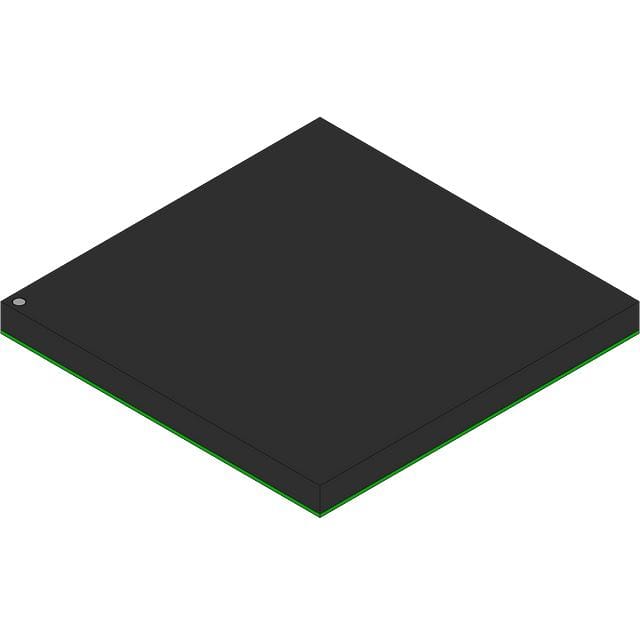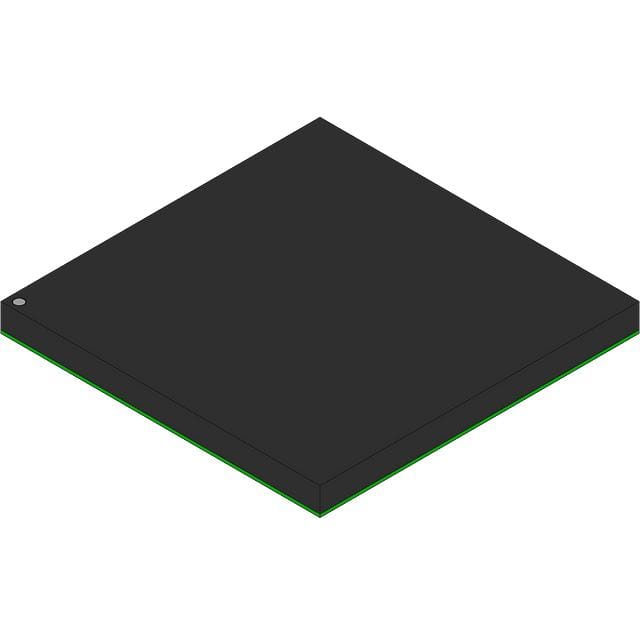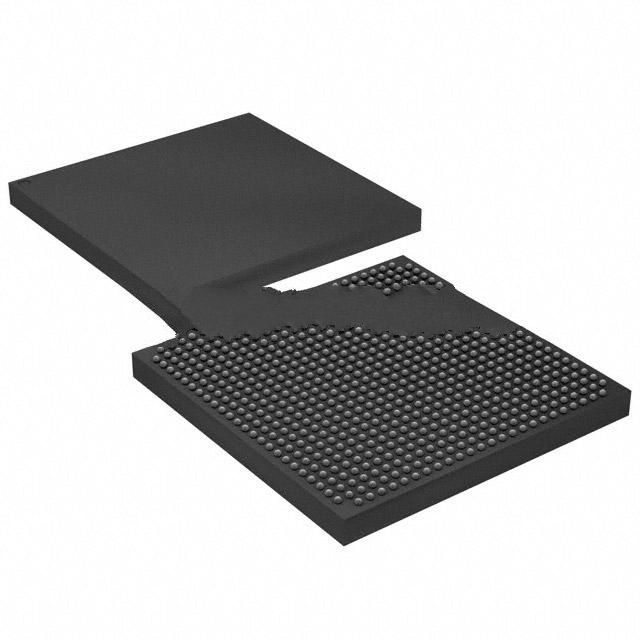EP2A40F672C7 Product Introduction:
Altera Part Number EP2A40F672C7(Embedded - FPGAs (Field Programmable Gate Array)), developed and manufactured by Altera, distributed globally by Jinftry. We distribute various electronic components from world-renowned brands and provide one-stop services, making us a trusted global electronic component distributor.
EP2A40F672C7 is one of the part numbers distributed by Jinftry, and you can learn about its specifications/configurations, package/case, Datasheet, and other information here. Electronic components are affected by supply and demand, and prices fluctuate frequently. If you have a demand, please do not hesitate to send us an RFQ or email us immediately sales@jinftry.com Please inquire about the real-time unit price, Data Code, Lead time, payment terms, and any other information you would like to know. We will do our best to provide you with a quotation and reply as soon as possible.
Introducing the Intel EP2A40F672C7, a cutting-edge FPGA (Field-Programmable Gate Array) that revolutionizes the world of computing and accelerates innovation. This powerful device is designed to meet the demands of today's most complex applications, offering unparalleled performance and flexibility.
The EP2A40F672C7 boasts an impressive array of features that make it a standout in its class. With a high-density architecture and advanced process technology, this FPGA delivers exceptional performance, enabling faster data processing and improved system responsiveness. Its large capacity allows for the integration of multiple functions, reducing the need for additional components and simplifying system design.
This FPGA is also equipped with a wide range of I/O interfaces, including high-speed transceivers, enabling seamless connectivity with other devices and systems. Its low power consumption ensures energy efficiency, making it an ideal choice for applications where power is a concern.
The Intel EP2A40F672C7 finds its application in various fields, including telecommunications, aerospace, automotive, and industrial automation. Its high-performance capabilities make it suitable for data-intensive applications such as signal processing, image and video processing, and machine learning. Its flexibility allows for customization, making it adaptable to a wide range of applications.
In conclusion, the Intel EP2A40F672C7 is a game-changer in the world of FPGA technology. With its exceptional performance, advanced features, and wide range of applications, it is the perfect choice for those seeking to push the boundaries of innovation and achieve new levels of efficiency and productivity.
Field-Programmable Gate Array (FPGA) is an integrated circuit whose core is an array of programmable logic units, which can be connected through a network of programmable interconnects to form complex digital circuits. Each logical unit contains lookup tables (LUTs), triggers, and other basic logical elements that can be configured to perform various logical operations. This structure allows the FPGA to be programmed by the user after the factory to implement specific logic functions, and can be reprogrammed multiple times to suit different application needs.
Application
FPGA (Field-Programmable Gate Array) The primary role of FPGas is to provide powerful parallel processing capabilities and a high degree of flexibility. The application field of FPGA is extremely wide, covering almost all electronic systems requiring high performance and high flexibility. In the field of communication, FPGA is used to achieve high-speed data processing, protocol conversion, data compression and other functions to improve the performance and stability of communication systems. In terms of digital signal processing, the parallel processing capability of FPGA makes it an ideal choice for audio processing, video codec, image processing and other fields. In addition, FPgas are also widely used in industrial automation, automotive electronics, aerospace, medical equipment and other fields to achieve complex control and data processing tasks.
FAQ about Embedded - FPGAs (Field Programmable Gate Array)
-
1. What is FPGA in embedded systems?
FPGA in embedded system is a solution that integrates FPGA technology into embedded system. An embedded system is a computer system designed for a specific application, which usually includes components such as processor, memory, peripheral interface, etc., which are used to control, monitor or perform specific tasks. Combining FPGA with embedded system can bring a series of significant advantages.
FPGA (Field Programmable Gate Array) is a programmable logic device, which consists of a large number of programmable logic units and programmable interconnection resources. It has the characteristics of flexibility and reconfigurability, and is widely used in communication, digital signal processing, embedded systems and other fields. The basic structure of FPGA includes programmable input and output units, configurable logic blocks, digital clock management modules, embedded block RAM, wiring resources, embedded dedicated hard cores and bottom embedded functional units. The design of FPGA can be implemented through hardware description language, which has high flexibility.
-
2. Is FPGA faster than CPU?
FPGAs are faster than CPUs in some cases. FPGAs are programmable hardware devices whose internal architecture can be configured by users as needed, which enables them to process multiple computing tasks in parallel, resulting in higher computing performance in some scenarios.
FPGAs and CPUs have different architectures and design goals. CPUs are general-purpose processors that can perform a variety of tasks, but may require multiple clock cycles to process specific operations. FPGAs, on the other hand, achieve specific computing structures by reorganizing circuits, and have higher parallelism and efficiency. For example, when processing specific tasks such as signals and images, FPGAs can complete them faster than CPUs.
The main advantage of FPGAs is their programmability and flexibility. FPGAs can be reprogrammed and reconfigured as needed, which enables designers to quickly test new and updated algorithms without developing and releasing new hardware, thereby speeding up time to market and saving costs. In addition, FPGAs offer the advantages of superior performance and reduced latency, and are suitable for real-time applications that require low latency and deterministic latency.
-
3. Why use FPGA as a digital controller?
The main reason for using FPGA as a digital controller is its flexibility and programmability. FPGA (Field Programmable Gate Array) is a chip whose internal structure can be changed through programming. It has high flexibility and programmability, which makes FPGA widely used in the field of digital controllers.
The flexibility of FPGA is reflected in the fact that its logic units can be configured to implement different logic functions. Users can use hardware description languages (such as VHDL or Verilog) to write programs to map logic functions to lookup tables (LUTs) and logic units inside FPGA. This flexibility allows FPGAs to adapt to different application requirements and can be reprogrammed as needed to adapt to new application scenarios.
In addition, FPGAs also have high-performance parallel computing capabilities and high-speed data processing capabilities, which makes it play an important role in digital signal processing, image processing, network communication and other fields. The parallel processing capabilities of FPGAs enable it to handle multiple tasks at the same time, improving overall processing efficiency.
 Lead free / RoHS Compliant
Lead free / RoHS Compliant



